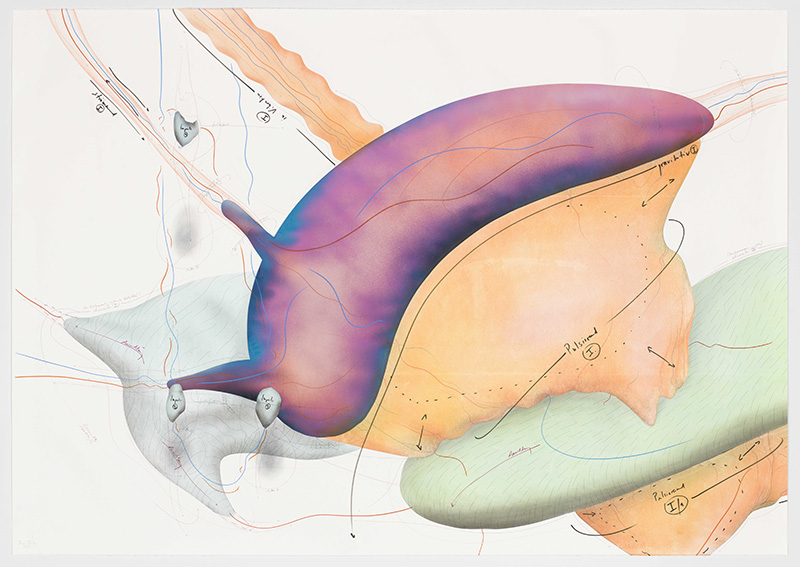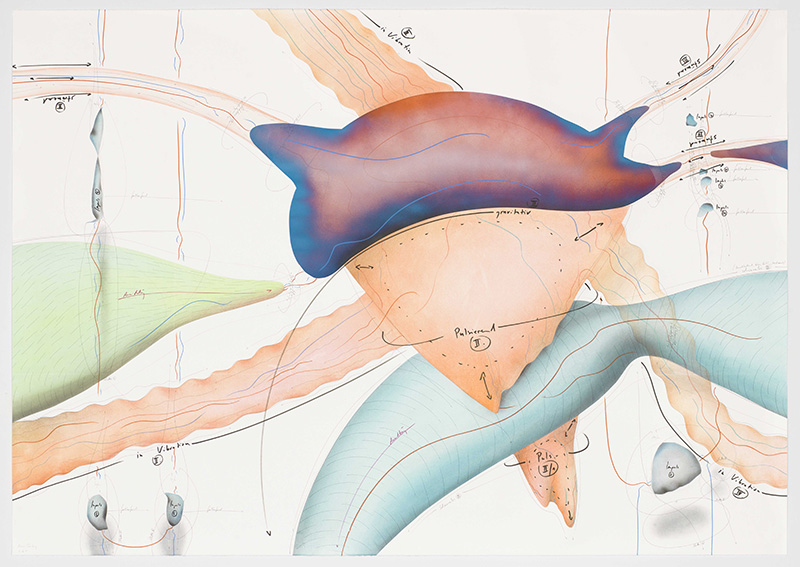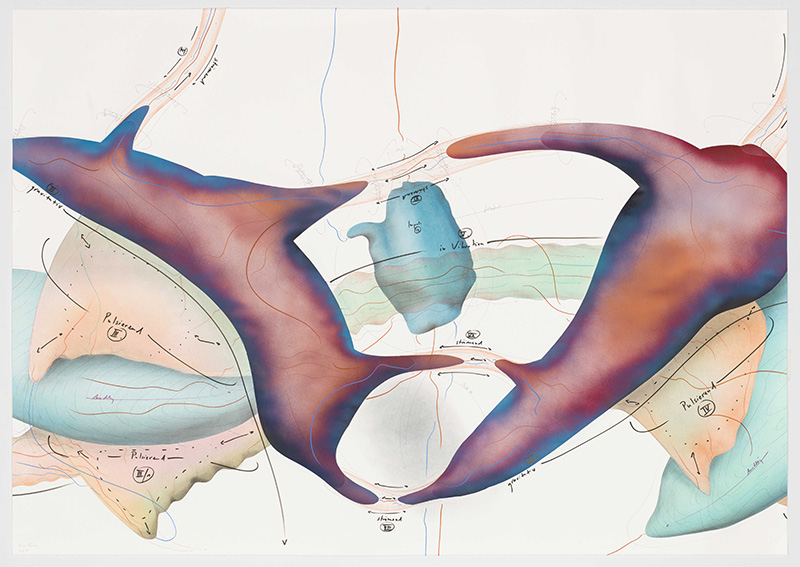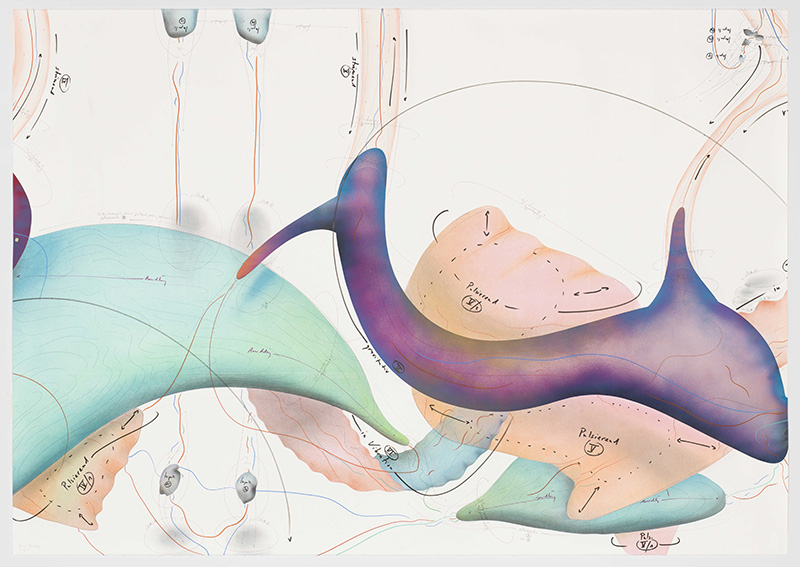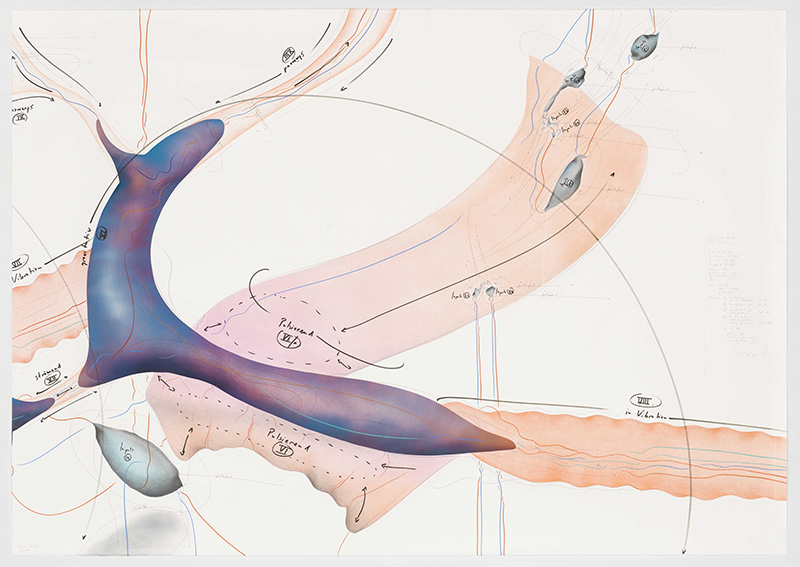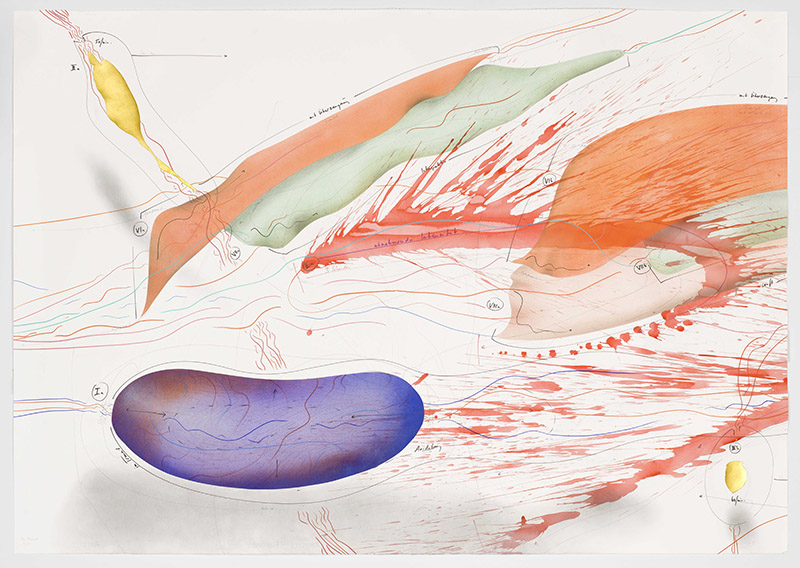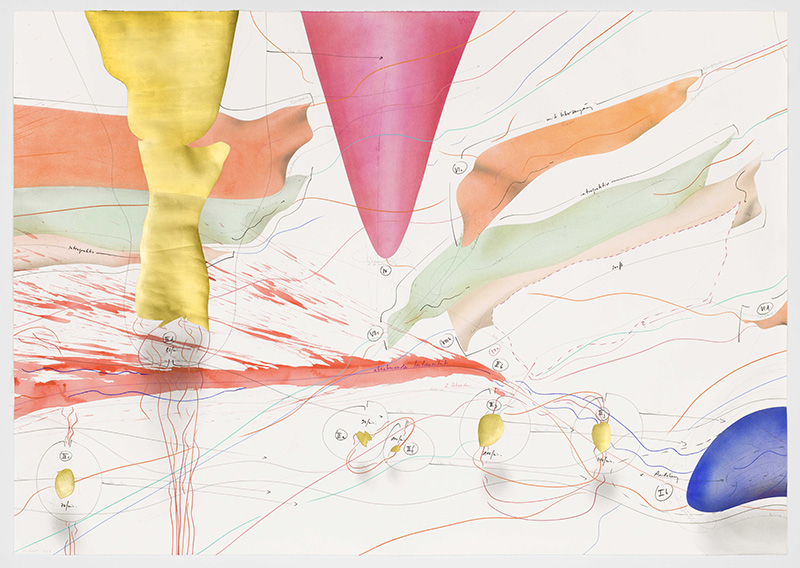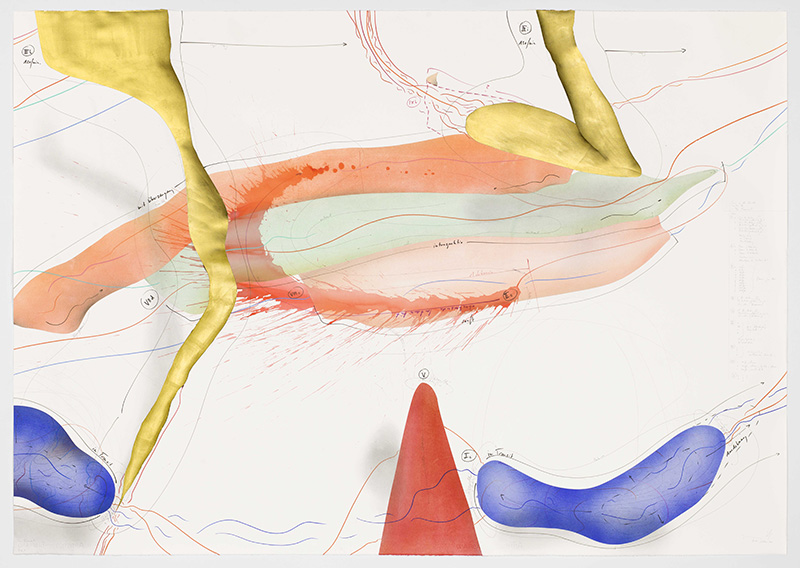ART CITIES:London-Jorinde Voigt
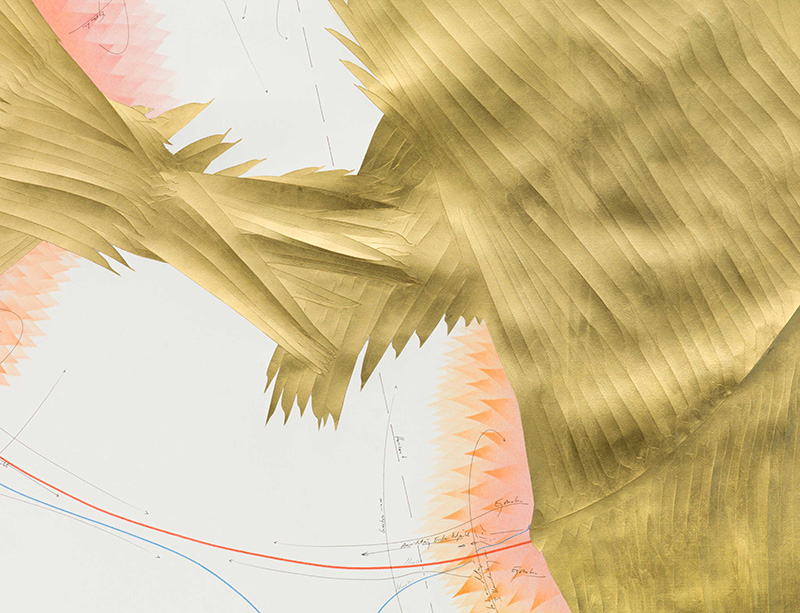 Jorinde Voigt’s highly delicate works on paper, despite their large format, invite the beholder to step up and take a closer look. They can be read like choreographies or instructions as to events and everyday situations. In her artistic practice the artist consistently examines the conditions of what is visible, or invisible, to her.
Jorinde Voigt’s highly delicate works on paper, despite their large format, invite the beholder to step up and take a closer look. They can be read like choreographies or instructions as to events and everyday situations. In her artistic practice the artist consistently examines the conditions of what is visible, or invisible, to her.
By Dimitris Lempesis
Photo: Jorinde Voigt Archive
Born to scientist parents 38 years ago in Frankfurt am Main, Voigt studied philosophy, comparative literature and sociology at the Freie Universität of the German capital before enrolling in the Berlin University of the Arts, where she graduated in 2003. Jorinde Voigt in her solo exhibition “Both Sides Now” at Lisson Gallery in London, presents her latest work in “Song of the Earth”, a monumental new series of drawings in eight chapters. In the manner of mathematical algorithms, Voigt compresses reports on experiences and events into complex systems of notation, so that her works are better described as test set-ups or thinking models than simply as drawings. From her vantage point the artist undertakes the attempt, in other words, to capture emotional and other energies released in their simultaneity. “Similarly, in principle, to the notation of a composition in music” Voigt, who trained as a cellist, explained her works as early as 2003, “Visual and acoustic elements are arranged rhythmically, located geographically in addition by way of meridians and latitudes, and set in relation to duration and speed”. Her work series, consisting of several parts, are based on various themes, and they span from performative descriptions of everyday life all the way to explorations of philosophical and socio-theoretical texts, to literary reworks, or musical compositions. The series “Symphonic Area” (2009), for instance is based on a meta-score which examines the basic musical elements, i.e. melody, caesura, dynamic, beat and loop, in order to depict the complex possibilities of composition and music as such. Or, as already mentioned, in 2012 she dedicated an entire work series to Ludwig van Beethoven and his 32 piano sonatas by extracting the emotional and dynamic spectrum along the urtext and translating it into a multi-dimensional spatial thinking model. With a free hand and delicate marks, Voigt takes straight lines and curves, numbers, words and collage elements and develops them into a visual grammatology that maps her phenomenological perception of the world. The potential of the artist’s codifying method enhances her work’s universality as does her oeuvre’s virtual nature, for it amplifies the apprehension of reality and its consolidated meanings.
Info: Lisson Gallery, 27 Bell Street, London, Duration: 19/5-24/6/17, Days & Hours: Mon-Fri 10:00-18:00, Sat 11:00-17:00, www.lissongallery.com
